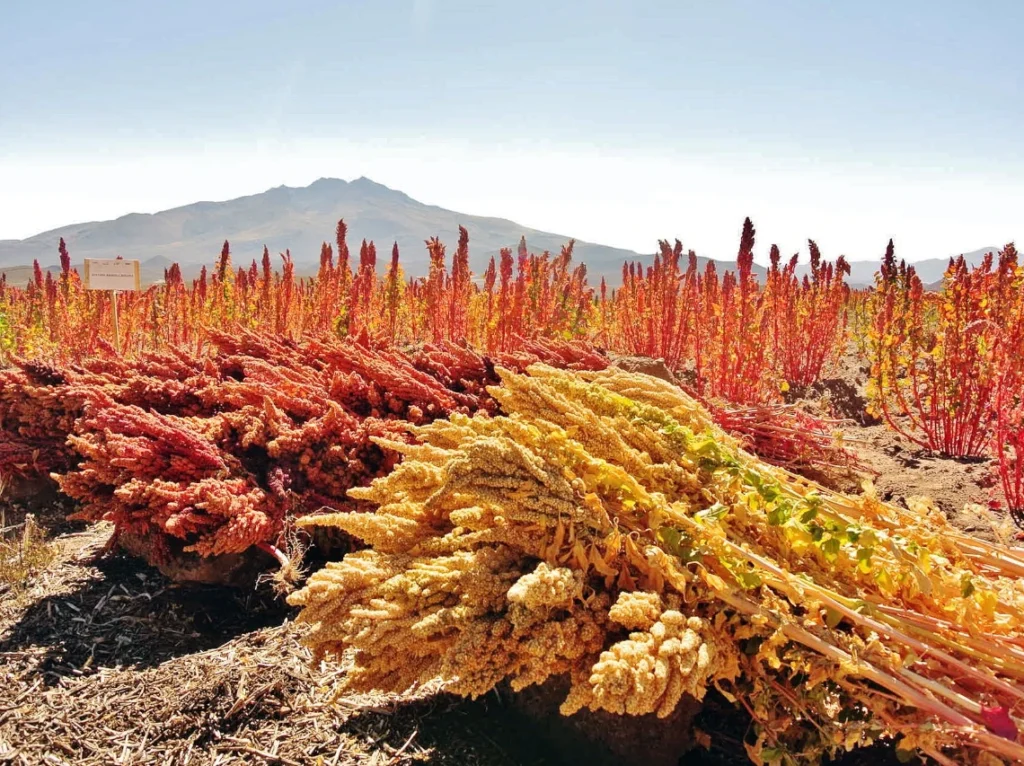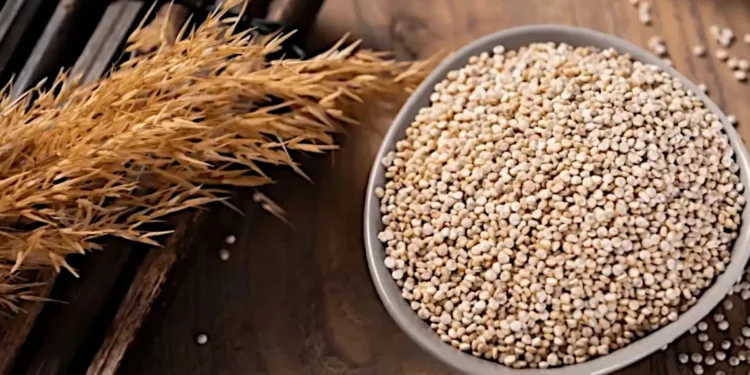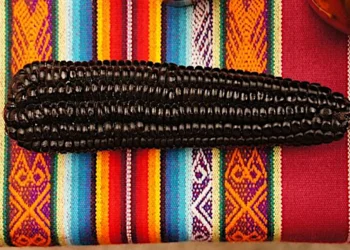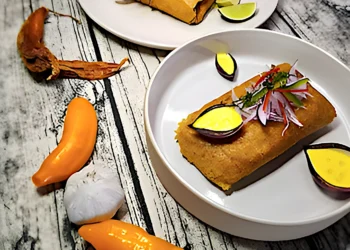This post is also available in:
Español
Nederlands
Centuries ago, the ancient Incas cultivated a food so nutritious and powerful that they called it “chisaya mama,” or “mother of all grains.” This superfood, Quinoa, was not only a staple of their diet but also played a role in religious rituals and the nutrition of Inca warriors.
Today, Quinoa has transcended the borders of South America and has become a star ingredient in kitchens around the world. From gourmet restaurants in Amsterdam to healthy breakfasts in Berlin, this ancient grain has taken over Europe thanks to its incredible nutritional value and versatility.
But what makes Quinoa so special? Why should it be an essential part of the diet for Dutch and European people? Let’s explore the fascinating history and benefits of this superfood together.

An Inca Legacy of Over 5,000 Years
Quinoa originates from the Andean region of Peru and Bolivia, where it has been cultivated for more than 5,000 years. This crop thrives at extreme altitudes, in poor soils, and under harsh climatic conditions, making it an incredibly resilient plant.
Today, Peru is one of the world’s largest Quinoa producers, with regions such as Puno, Cusco, and Ayacucho leading cultivation. Peruvian farmers have preserved centuries-old agricultural techniques while integrating modern innovations to increase production without compromising quality.
“Quinoa is not just food; it is a symbol of resilience and tradition in the Andes.” – National Institute for Agricultural Innovation of Peru
From the Andes to the World: The Global Rise of Quinoa
The popularity of Quinoa exploded in the early 21st century when it was recognized by the FAO and NASA as a “superfood,” ideal for space missions due to its exceptional nutritional value.

Since then, consumption has grown exponentially in Europe, especially in countries like the Netherlands, Germany, and France, where it is valued for its high protein content and versatility in cooking.
The high demand has led to Quinoa being cultivated in other parts of the world, such as the United States and some European countries. However, Peruvian Quinoa remains the most sought-after variety due to its superior taste and quality.
Why Dutch and European People Should Include Quinoa in Their Diet
1.- A Complete Protein Source (Perfect for Vegetarians and Vegans)
Quinoa is one of the few plant-based foods that contains all nine essential amino acids, making it a complete protein source. This makes it perfect for those looking to reduce meat consumption without sacrificing nutrition.
2.- Gluten-Free and Easy to Digest
Unlike wheat or barley, Quinoa is naturally gluten-free, making it ideal for people with celiac disease or gluten intolerance.
3.- High in Fiber and Good for Digestion
With its high fiber content, Quinoa helps regulate digestion and maintain a healthy gut.
4.- Regulates Blood Sugar Levels
Thanks to its low glycemic index, Quinoa is ideal for people with diabetes or those looking to keep their blood sugar stable.
5.- Versatile and Easy to Prepare
Quinoa can be used in countless ways: in salads, soups, breakfast dishes, and even desserts.
“Quinoa consumption in Europe has grown exponentially over the past 10 years, proving that healthy eating is more than just a trend.” – FAO (Food and Agriculture Organization of the United Nations)
How to Incorporate Quinoa into the Dutch Diet?
Although Quinoa is popular in Peru, its versatility makes it a perfect fit for Dutch cuisine. Here are some ideas:
- Healthy Breakfast: Cooked Quinoa with almond milk, honey, and fruit.
- Light Lunch: Quinoa salad with avocado, tomato, cucumber, and feta cheese.
- Nutritious Dinner: Quinoa with grilled salmon and asparagus.
- Pasta Alternative: Use Quinoa instead of rice or pasta in any dish.

Is Quinoa the Food of the Future?
With growing concerns about climate change and food security, Quinoa is seen as a key food for the future. Its ability to thrive in extreme conditions and its high nutritional value make it a sustainable option for global consumption.
Do You Eat Quinoa? Share Your Experience!
. If you haven’t included it in your diet yet, would you consider trying it?. Have you tried it before? What is your favorite Quinoa recipe?. Leave a comment and share this article with friends who want to eat healthier!









